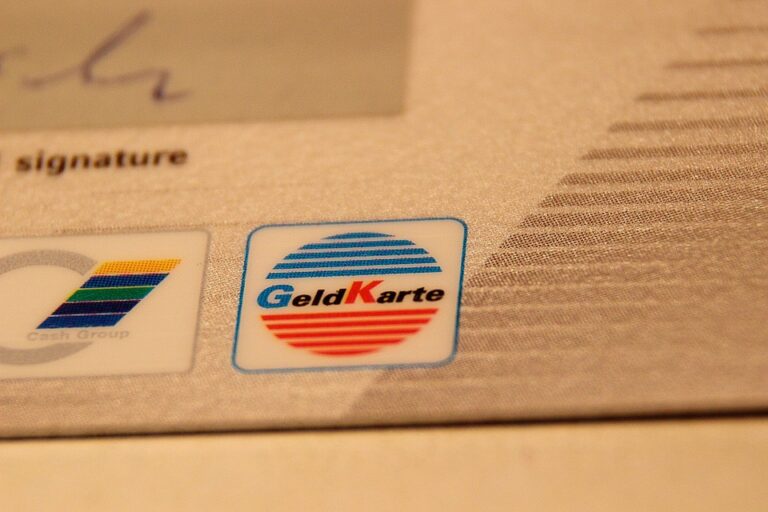Last updated Feb. 9, 2025 by Charles Zemub
DIY (Do-It-Yourself) projects have become a popular way for individuals to customize their living spaces, craft personalized gifts, and engage in productive pastimes. However, beyond personal satisfaction and creativity, certain DIY projects also offer significant financial savings. Whether you’re looking to cut down household expenses, add value to your home, or simply stretch your budget further, here’s a comprehensive guide on which DIY projects can save you the most money.
1. Home Renovations and Repairs
a. Painting
A fresh coat of paint can transform a room, making it feel brand new, spacious, and more inviting. Professional painters can charge anywhere from $200 to $600 per room. By doing it yourself, your only expenses are paint and supplies, often totaling less than $100 per room.
b. Flooring
Installing new flooring can be costly, with labor being a significant portion of the expense. Whether you’re laying laminate, vinyl, or tile, these DIY projects can save a few hundred to several thousand dollars, depending on the size of the area and the complexity of the installation.
c. Wall Repairs
Patching holes, smoothing textures, and fixing minor drywall issues are straightforward DIY tasks. A handyman or professional might charge $50 to $100 for a small patch job, while DIY kits are usually around $20 to $30.
2. Furniture Restoration and Upcycling
Buying new furniture can be expensive, especially when outfitting a whole room.
a. Restoring Wooden Furniture
By sanding, staining, or painting old wooden pieces, you can breathe new life into them at a fraction of the cost of buying new. A quality refurbishing kit costs $30 to $50, whereas new furniture pieces can cost hundreds or even thousands.
b. Upholstery Projects
Learning to reupholster chairs and sofas can save you hundreds. Fabrics can be purchased by the yard, often under $20 per yard, significantly cheaper than the cost of new furniture or professional reupholsterers.
3. Energy Efficiency Upgrades
a. Weatherproofing
Sealing doors and windows with caulk or weatherstripping helps reduce heating and cooling bills – a significant cost-saver in extreme climates. DIY kits cost between $5 and $30, yet they can save up to 20% on your energy bills annually.
b. LED Lighting
Switching out incandescent bulbs for LED ones is a quick DIY project that significantly reduces electricity bills. LEDs last longer and use a fraction of the energy, with potential savings of $75 each year per household.
c. Attic Insulation
While the upfront cost for insulation material is between $0.50 to $1 per square foot, DIY insulating can save up to 25% on heating and cooling expenses compared to professional installation costs.
4. Gardening and Landscaping
a. Vegetable Gardening
Start your vegetable garden using seeds instead of plants to save roughly $100 yearly. Gardening reduces grocery bills, offers organic produce, and can even become a side business if surplus is sold locally.
b. Lawn Care
Routine lawn upkeep doesn’t have to come with a steep price tag. Simple tasks like mowing, aerating, and fertilizing can be done with basic equipment, saving upwards of $50 per month compared to professional services.
5. Personal Care and Gifts
a. Homemade Beauty Products
Create scrubs, bath bombs, and facial masks at home using kitchen ingredients. DIY beauty product costs are often a fraction of store-bought options, while offering customization and natural benefits.
b. Custom Gifts
DIY gifts like homemade candles, crafts, or baked goods are cost-effective (often less than $20 per item) and provide a heartfelt, personal touch.
6. Automotive Maintenance
a. Oil Changes
The average cost for a professional oil change is $25-$55. Doing it yourself can save around half, requiring only oil and a filter which cost around $15-$25.
b. Air Filter Replacement
Replacing an air filter is incredibly simple yet often marked up in cost at auto shops. By doing it yourself, you spend around $10 instead of $30-$40 at a shop.
7. Crafting and Sewing
a. Sewing Clothes and Curtains
Sewing your garments or home decor items allows for personalization and savings. Fabric costs about $5 to $15 per yard, considerably cheaper compared to buying ready-made items, particularly if you leverage discount sales.
b. Crafting DIY Decor
Crafting unique decorations and art pieces from inexpensive materials can save you from buying costly commercial art and decor, which often come with a markup.
Conclusion
DIY projects not only offer financial savings but also the satisfaction of completing the job yourself. By tackling these tasks, you can avoid labor costs, reduce everyday expenses, and customize projects to better fit your needs and tastes. Remember, some savings may require initial investments in tools or materials, but over time the benefits outweigh these costs, providing substantial economic relief and a sense of accomplishment.
✓ Short Answer
DIY projects that can save the most money include home painting, flooring installations, and repairs like weatherproofing and attic insulation. Furniture restoration and upcycling minimize costs compared to buying new pieces. Energy-efficient upgrades, such as using LED lights and gardening, reduce bills. Simple auto maintenance tasks, like oil changes and air filter replacements, are also cost-effective DIY undertakings. Embracing these projects allows for significant savings by eliminating labor expenses, enhancing resourcefulness, and offering customized solutions tailored to individual preferences and needs.
FAQs
What are some beginner-friendly DIY projects that save money?
Beginner-friendly projects include painting walls, sewing simple decorations, weatherproofing doors and windows, changing automotive air filters, and planting a basic vegetable garden.
How much can I expect to save with DIY projects?
Savings vary by project, but many DIY undertakings can save you hundreds. For instance, DIY painting can save $200-600 per room, and simple automotive maintenance over $40 per service.
Are there tools necessary for DIY projects, and are they an added cost?
Basic tools such as a hammer, screwdriver set, paintbrushes, and a power drill are often required. While they are an initial investment, these tools become valuable over several DIY projects, allowing for further savings.
Do DIY projects always save money?
Not all DIY projects are cost-effective. It’s essential to assess the skill level, time investment, and cost of materials versus the cost of hiring professionals before starting a project.




